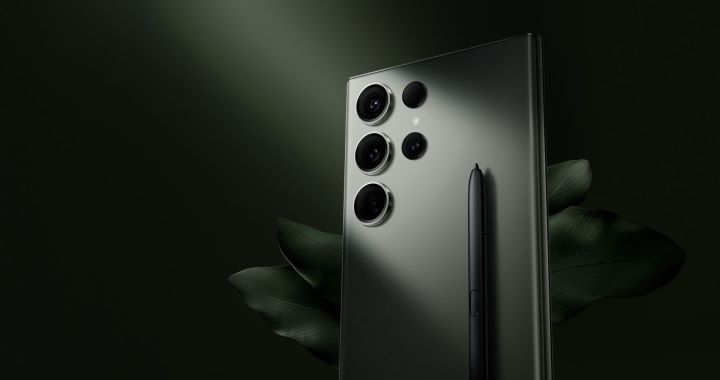Presentations made by Samsung in the UK and South Korea gave a strong hint that the company wants replace the Sony IMX image sensors you use for telephoto lenses on its line of Galaxy phones.
It would do so with its own ISOCELL sensors, and according to the SamMobile web portal, the Korean company recently requested the protect your brand in these two countries for the name ‘Zoom ISOCELL’.
There have been rumors that he will replace one of the two telephoto lenses that the Galaxy S23 Ultra has, moving on to one that combines the two. Most likely, the 3x zoom telephoto lens will disappear and the periscope lens will be the one that remains.
This type of lens folds inside the phone and uses prisms that deflect light away from the lens. and help send it to the image sensor. This allows the camera to offer 10x optical zoom even with the space limitations present in the Galaxy S23 Ultra.
The speculation at the moment is that Samsung will leave the periscope lens in the Galaxy S24 Ultra with hybrid zoom (using optical zoom, digital zoom and AI). The camera could even go so far as to offer 150x space zoom. It would also have a variable zoom aperture, between f/2.5 and f/2.9.
It’s not uncommon to see the name ISOCELL used to refer to a camera used in a high-end Samsung phone. For examplethis same year we have already seen the sensor present in the Galaxy S23 Ultra, a 200MP ISOCELL HP2 (famous for the photos of the Moon used during their marketing phase.
But going back to Samsung’s trademark claim, this is the first time the company has used the word Zoom in conjunction with the ISOCELL sensor. Both cameras with The 10MP telephoto lens present in the Galaxy S23 Ultra is based on the Sony IMX754 sensor.
One of the reasons why Samsung might want to use its own ISOCELL image sensors for high-end phones, instead of using Sony’s sensors, might be the same reason we’re talking about. the Galaxy S24 range could have an Exynos 2400 processor in most markets instead of a Snapdragon.
And that reason is money. Samsung would save a good “pasture” by using its image sensors internals instead of Sony sensors, and the money you save could be used to increase the amount of memory or storage offered by the Galaxy S24 line.
It would be like Apple with its Bionic processors, or Google with its Tensor, there’s nothing like not depending on anyone else to make your phones, although this is not always possible, and it is easier to delegate to other companies. We see it with Samsung itself, from whom many brands order the screens they put on their smartphones.

